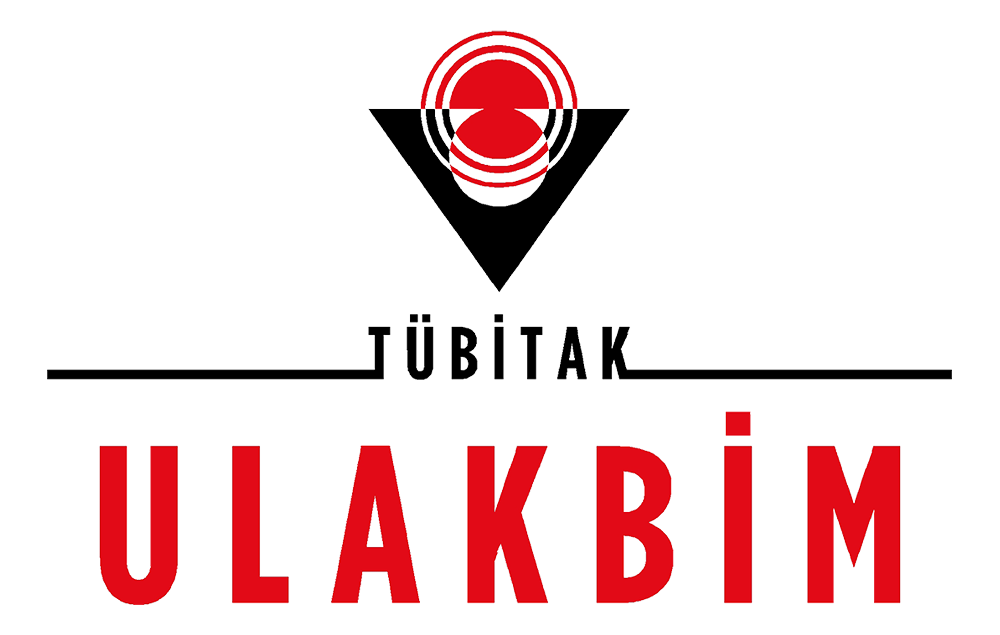





Turkish J Clin Psy. Ahead of Print: KPD-01979 | DOI: 10.5505/kpd.2025.01979
Keywords: Implisit psychotherapy, symbol relations, encryption, dynamic, dialectic
Anahtar Kelimeler: Örtük psikoterapi, simge ilişkileri, enkripsiyon, dinamik, diyalektik
Why psychoanalysis failed to embrace dialectics: Pathways for progressive change through implicit psychotherapy - Part II
Vedat ŞarDepartment of Psychiatry, Koc University School of MedicineKeywords: Implisit psychotherapy, symbol relations, encryption, dynamic, dialectic
Psikanaliz diyalektiği neden benimseyemedi: İmplisit psikoterapi ile ileri yönde değişim sağlamanın yolakları - Bölüm II
Vedat ŞarKoç Üniversitesi Tıp Fakültesi Psikiyatri Anabilim DalıAnahtar Kelimeler: Örtük psikoterapi, simge ilişkileri, enkripsiyon, dinamik, diyalektik
Corresponding Author: Vedat Şar, Türkiye
Manuscript Language: English
Manuscript Language: English
Full Text PDF
Download citation
RIS
EndNote
BibTex
Medlars
Procite
Reference Manager
Send email to author
Similar articles
PubMed
Google Scholar
(39 accesses)
(237 downloaded)
(237 downloaded)










